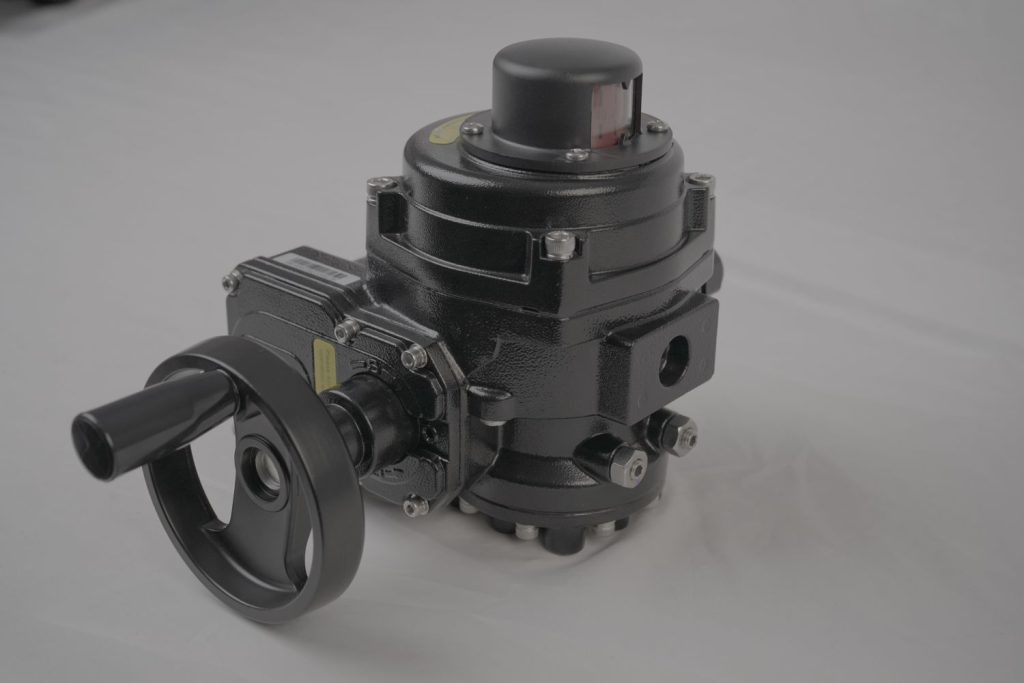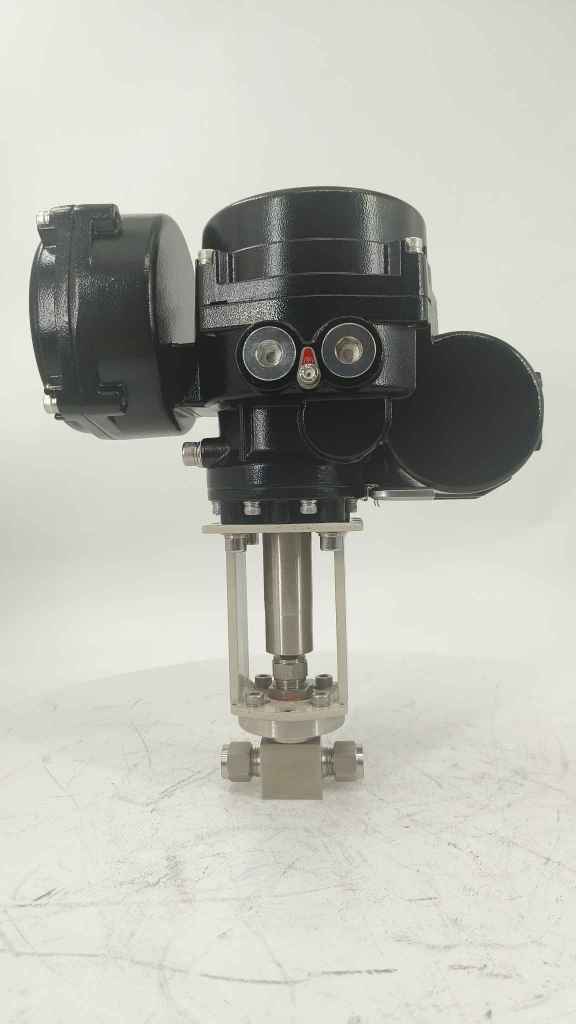In the realm of modern energy storage technology, lithium batteries have emerged as a pivotal player, revolutionizing the way we power our electronic devices and vehicles. However, the safety and efficiency of these batteries are crucial concerns, and one of the key components in addressing these issues is the lithium battery valve.

The lithium battery valve serves as a crucial safety mechanism, regulating the internal pressure within the battery cell. Lithium batteries, during their normal operation, generate a small amount of gas, which can build up and create excessive pressure if not properly vented. This excessive pressure can lead to battery swelling, leakage, or even explosive conditions. The lithium battery valve acts as a pressure relief device, allowing the safe release of this gas, thus preventing potential hazards.

Moreover, the valve also plays a role in enhancing battery efficiency. By maintaining a stable internal environment, it ensures that the battery operates at its optimal performance level. Excessive pressure can affect the electrochemical reactions within the battery, leading to reduced capacity and lifespan. By regulating the pressure, the lithium battery valve helps to preserve the battery’s performance and prolong its useful life. The design and function of the lithium battery valve are highly specialized, taking into account various factors such as the battery’s chemistry, operating temperature, and charging/discharging cycles. Manufacturers employ advanced materials and precision engineering to create valves that are both durable and reliable, capable of withstanding the rigorous conditions within the battery cell.
